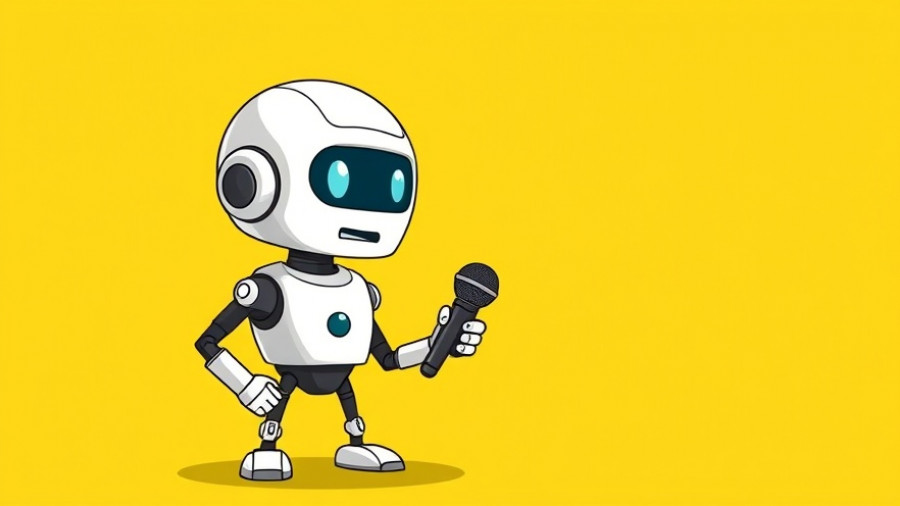
The Promise of YouTube's Autodubbing Feature
YouTube’s autodubbing feature, utilizing the latest advancements in AI technology, holds immense potential for democratizing access to content. By accurately transcribing spoken words and synthesizing human-like voices, this tool can open a world of diverse, non-English content to a global audience. As businesses seek to expand their reach, understanding and leveraging such innovations could be pivotal in enhancing viewer engagement and diversifying target markets.
Challenges of Implementation: A Double-Edged Sword
While the technology itself is promising, the execution raises concerns. Many users have expressed frustration over quality issues such as the loss of background sounds that contribute to the overall atmosphere of the videos. When the dubbed audio replaces the original track entirely, it can lead to disjointed experiences—making video content feel hollow and lifeless. Additionally, there are still issues with voice authenticity and emotional depth, often making the experience feel less than genuine. For business owners and creators, maintaining quality and viewer trust is essential, and these autodubbing limitations highlight the significant gap still present in AI implementations.
Bridging the Gap Between Quality and Accessibility
To fully realize the promise of autodubbing, both users and YouTube must advocate for improvements. As creators, taking an active role in providing feedback can lead to enhancements that better address auditory quality concerns and aid in refining the machine's voice nuances. As Neil Mohan, YouTube's CEO, indicated, the future involves scaling this technology effectively but responsibly—ensuring both accessibility and accuracy in translation.
Potential for Business Use: Early Adaptation
For hands-on business owners, the immediate strategy should focus on determining whether autodubbing can align with their branding and outreach goals. Implementing AI-enhanced tools can offer time-saving solutions while enabling connection with global audiences. However, weighing the effectiveness of these tools against traditional methods—like hiring professional voice artists from companies such as BeMultilingual—remains critical. Utilizing human dubbing services often provides nuanced translations that resonate with specific cultural contexts, something AI struggles with currently.
Call to Action: If you're a creator looking to expand into new markets, now is the time to explore the potential of YouTube's autodubbing feature. Stay engaged with updates, provide feedback, and consider the value of professional dubbing services for your global outreach efforts. Add Row
Add Row  Add
Add 










Write A Comment